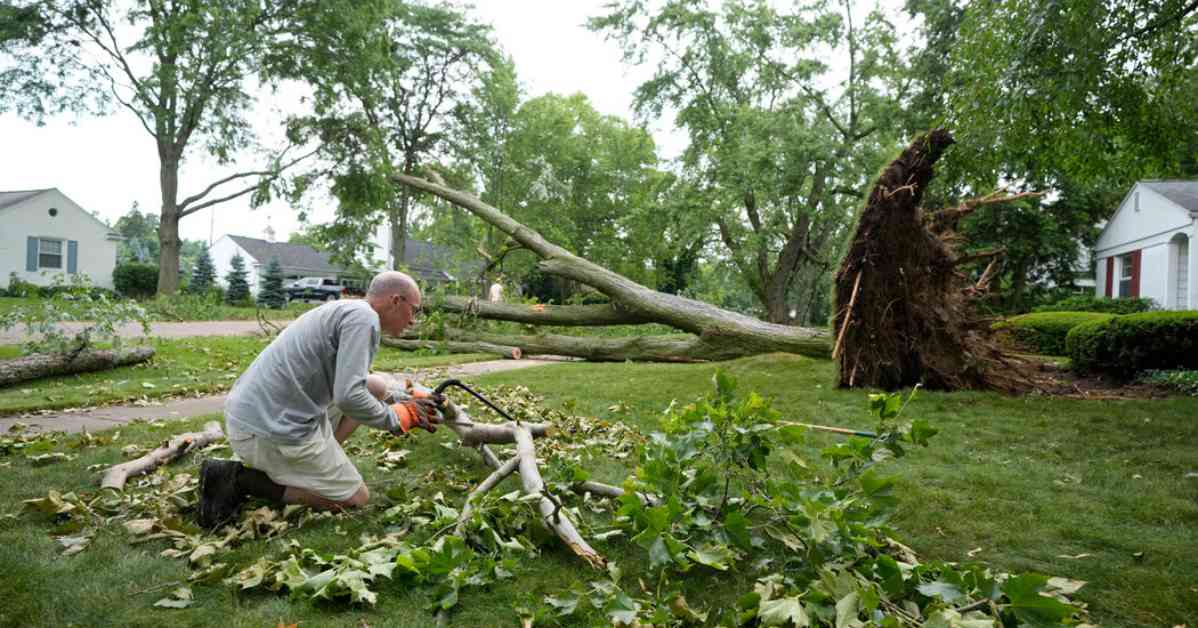As severe storms swept through southeast Michigan, Lindsey Brenz found herself among the 69,000 customers who lost power due to downed trees and toppled power lines. With the intense heat wave intensifying the situation, residents like Lindsey faced sweltering conditions without electricity for three days.
The aftermath of the storm left about 9,000 people still without power, causing discomfort and challenges for many. Lindsey, a 32-year-old resident, had to take extra precautions to ensure her safety and that of her cat, Bubba. She closed windows, drew blinds, and refrained from showering to maintain a cooler environment in her home in Berkley.
Deb Dworkin, a 52-year-old human resources manager, also experienced the heat wave’s impact in her Berkley bungalow. Her upstairs bedroom became unbearably hot, leading her to sleep on the couch with a battery-powered travel fan and an ice-filled neck towel. Despite the inconvenience, residents like Michael Reiterman, a 25-year-old assistant financial planner from New Baltimore, had to adapt by moving between homes with intermittent power outages.
While Michigan has avoided widespread blackouts so far, the increased demand for electricity during the heat wave has put pressure on the grid’s infrastructure. This situation highlights the vulnerability of residents to power outages during extreme weather conditions, regardless of the direct cause of the outages.
To address these challenges, DTE Energy plans to invest approximately $9 billion over the next five years to strengthen the grid and prepare for the impacts of climate change. Brian Calka, vice president of the company’s distribution operations business unit, emphasized the importance of proactive measures in the face of changing weather patterns. He stated, “The weather patterns that we’re seeing right now are fundamentally different from what we’ve seen in recent memory. It’s a call to action.”
As residents in Michigan continue to cope with the aftermath of the storm and heat wave, the incident serves as a reminder of the importance of resilient infrastructure and preparedness in the face of extreme weather events. By investing in grid improvements and implementing mitigation strategies, communities can better withstand the impacts of climate change and ensure the safety and well-being of residents during challenging times.




